Barringtonia racemosa
General Info – summary
This frost sensitive evergreen Tree, with its smoothish bark, is up to 20m high. Large, leathery, obovate simple Leaves are entire. The impressive evening opening, bisexual, actinomorphic, 4-merous Flowers are in long racemes. Many distinctive white and/or pink exserted stamens are present. The style extends the stigma beyond the anthers. The water dispersed fibrous Fruit is a one seeded conical/ovate drupe.
Description
Previous Names: Euglena racemosa.
SA Tree No. 524.
Common names: (Afr) Guava, Poeierkwasboom. (Eng) Brackwater Mangrove, Hippo Apple, Horse Chestnut, Powder-puff Tree, Wild Guava. (isiZulu) Ibhoqo, Iboqo, Umululuka.
Family Lecythidaceae: (Brazil Nut Bertholletia excelsa family). There are about 22 genera and in excess of 250 species in this family. They occur naturally in South America, Africa and Madagascar, Australia and Asia. All are woody plants with fibrous bark, which may be flaky. Leaves are simple and usually opposite. The usually reduced Stipules may appear as small hairs. Bisexual, regular Flowers occur in racemes. The calyx is a leathery tube. When present there are 4 overlapping petals which are crumpled in the bud and wrinkled at maturity. Stamens are usually double the number of petals and may be unequal in length. The usually superior ovary has a simple style. Fruit is usually a dehiscent capsule, which has a persistent calyx. The outer integument of the Seeds has many layers. Barringtonia racemosa is the only species of the genus Barringtonia in South Africa.
Name derivation: Barringtonia named after Daines Barrington (1727-1800) an English lawyer and a leading member of the Royal Society. He also believed that swallows went to sleep underwater during winter! (Science is largely dependent on what we know at the moment and descriptions change when more knowledge is acquired). racemosa – flowers are in long racemes (simple elongated inflorescences with stalked flowers).
Conservation: National Status: L C (Least Concern). 2016 (L. von Staden).
Tree
In the relatively dark swamp forests, this Tree may be slender and reach a height of 10 to 19m. It is not a mangrove but may be associated with mangroves. In isolated areas, the trees may be spreading and appear rounded with a shorter thicker trunk. In South Africa, the tree seldom grows above 9m high. Here the Branches of this tree occur high up the Trunk. Below the leaves, young stems have crowded Lenticels (a usually raised corky oval or elongated area on the plant that allows the uncontrolled interchange of gases with the environment). The smooth Bark may be slightly fissured. It is greyish brown (photo 853) or yellowish, mottled or pink and may have raised almost horizontal lines. Young branches bear leaf scars. In a saline environment, the tree may develop Pneumatophores (aerial roots specialized for gaseous exchange found in mangroves and other swamp plants).
- 853. 2014/09/16. Lowveld NBG. Photo: David Becking.
Leaves
Though usually evergreen, this tree may be briefly deciduous. Youngish, attractive and hairless Leaves develop in spiral clusters towards the ends of branches. Large leaves may reach up to 4 x 15cm. A few scattered copper-red leaves do occur. Leaves are Simple (have a single blade, which may have incisions that are not deep enough to divide the leaf into leaflets). They are hairless and crowded at the ends of branches in a rosette form. Leaves are oblong or obovate (the reverse of ovate, the terminal half is broader at the apical end – photo 644). The Blade is thick and leathery. The initially light green leaves, become dull dark green above and remain lighter below. The rolled under Margin is entire (with a continuous margin, not in any way indented). It may be slightly scalloped or finely toothed – here a hand lens will help (photo 646). The distinctly noticeable Lateral veins are spaced far apart (photo 644), sunken above (photos 643 & 644) and protruding below (photo 646). Prior to reaching the margin, the veins tend to loop together (photo 646). The Midrib is prominent below. The leaf Apex is broadly tapering (photo 644). The Base is narrowly tapering and decurrent (leaf blades that partly wrap or have wings around the stem or petiole. Here they run down the Petiole (leaf stalk) – photo 645). The petiole is relatively short – up to 1,5cm long and may be deep red or purple (photo 645). Stipules (basal appendage of the petiole) are small.
- 643. 2014/09/14. Lowveld NBG. Photo: David Becking.
- 644. 2014/09/14. Lowveld NBG. Photo: David Becking.
- 646. 2014/09/14. Lowveld NBG. Photo: David Becking.
- 645. 2014/09/14. Lowveld NBG. Photo: David Becking.
Flowers
PPlants bloom throughout the year but more so during the rainy season. During flowering, the large numbers of pendulous white to pale pink Flowers (10 x 7,5mm) are most impressive. The ovate (shape of an egg) Buds are large, pinkish red and shiny. The flowers occur in lengthy pendulous Racemes (simple elongated inflorescences with stalked flowers) that are up to 1m long. The flowers are unpleasantly scented (for us). The individual bisexual 4-merous flowers are actinomorphic (Regular, symmetrical. Flowers are vertically divisible into similar halves by more than one plane passing through the axis). Flowering occurs intermittently. Flowers open early in the evening, bloom through the night and fall the following morning: like those of the baobab (Adansonia digitata). The leathery Calyx has elliptical and unequal Sepals that are joined at the base. The Corolla has four, white or pink tinged, free Petals that are joined to the staminal tube. The distinctive, very numerous protruding white to pinkish Stamens are in many whorls. Collectively the mass of stamens in each flower is up to 3,5cm wide and all but the innermost whorl have anthers. They are exserted and collectively powder-puff like with sprays that are up to 3,5cm wide. The bases of the Filaments are united. The Anthers have 2-theca (2 pollen sacs), are basifixed and open through longitudinal slits. The 2-4 chambered Ovary has a red Style that extends the Stigma slightly beyond the protruding Stamens. Older flowers lack both petals and stamens. (Nov-Jun).
Fruit
The large (7 x 4cm), shiny, yellowish-green/brown Fruits are clearly visible in full sun and are conical to ovate Drupes (1-seeded indehiscent fruits with the seed enclosed in a stony endocarp e.g., peach). These drupes hang on long Pedicels (stalks of a single flower) and ripen to a coppery reddish green. Each fruit is conical to ovate (egg-shaped), and each contains a single seed. They are initially fleshy but become hard, fibrous, and crowned with a persistent Calyx and Style. Fruit has a low density due to its fibrous content and is buoyant. Each single Seed is thus easily dispersed by water, and this is aided by tide changes. Dispersal is often tide related. The salty water has a higher density than fresh water aids seed dispersal along the coast. When the fruit rots, the seeds are released and germinate within two to three weeks. (Feb-Oct). During this time, nectar-feeding bats visit the plant.
Distribution & Ecology
These Plants require humid environments, close to water – including coastal rivers, estuaries (where the water may be fresh or somewhat salty) and in freshwater swamp forests. It grows best when slightly upstream from the changing saltwater concentration. The tall tree that I found was in the Lowveld botanical Garden and seemed to be in good condition. Natural Location areas include coastal shoreline in the northeast of the Eastern Cape, and along the shoreline of KwaZulu-Natal, eastern Mozambique as well as Madagascar (here they may occur in dense forests) and further east to India, the East Indies, Northern Australia and the south Pacific islands. Ants are attracted to the flower nectar. The flowers are pollinated by nectar seeking hawk moths e.g., Agrius convolvuli and not by butterflies or ants. These moths are common in freshwater swamps. After pollination, nectar-seeking ants visit the flowers. During this time, nectar-feeding bats also visit the plant. Larvae of the Red-tab Policeman butterfly Coeliades keithloa occur from South Africa, north to Ethiopia along the East coast and adults are on the wing year-round. The butterfly larvae called the “red-tab policeman” feed on the leaves. They also feed on Acridocarpus natalitius a tree in the family Malpighiaceae (SA Tree No: 303.6). This tree is called a moth fruit tree. It has very attractive yellow flowers and in South Africa grows in the warmer coastal areas of South Africa.
Ethnobotany
Termites and borers attack the light, soft, dry Wood making this wood of little use to man. Bark, wood, roots and seeds contain the glucosides like Saponin (glycoside which foams when added to water. Saponins aid in reducing ammonia levels in animal urine and thus help prevent respiratory tract problems). Parts of the plant are used as a fish poison. This plant is sensitive to changes in water salinity. The Bark contains tannin. In Kenya, it is used for rope making. In a suitable environment, this is a most impressive shade tree. Seeds and cuttings are suitable for propagation. Plants can tolerate wet and dry conditions but unfortunately, this attractive tree is extremely frost sensitive – thus limiting potential garden use. All parts of the plant, including the Fruit, are reputed to be poisonous. Pulverised Fruit is used as snuff. Parts of the plant are used in local medicine. The Root has a bitter taste. This is a protected tree in South Africa.
References
Boon, R. 2010. Pooley’s Trees of eastern South Africa. Flora and Fauna Publications Trust, Durban.
Burrows, J.E., Burrows, S.M., Lotter, M.C. & Schmidt, E. 2018. Trees and Shrubs Mozambique. Publishing Print Matters (Pty) Ltd. Noordhoek, Cape Town.
Coates Palgrave, M. 2002. Keith Coates Palgrave Trees of Southern Africa, edn 3. Struik, Cape Town.
Palmer, E. & Pitman, N. 1972. Trees of southern Africa. Balkema, Amsterdam, Cape Town.
van Wyk, B. & van Wyk, P. 1997 Field guide to Trees of Southern Africa. Struik, Cape Town.
von Staden, L. 2016. Barringtonia racemosa (L.) Roxb. National Assessment: Red List of South African Plants. Accessed on 2025/02/21.
Woodhall, S. 2020. Field Guide to Butterflies of South Africa, edn 2. Donnelley, RR, China.
http://www.phytochemicals.info/phytochemicals/saponins.php
https://en.wikipedia.org/wiki/Barringtonia_racemosa
http://www.jpsr.pharmainfo.in/Documents/Volumes/vol7Issue04/jpsr07041503.pdf
http://www.plantzafrica.com/plantab/barringrac.htm
http://pza.sanbi.org/barringtonia-racemosa
http://www.theplantlist.org/tpl/search?q=Barringtonia+racemosa&_csv=on
https://doi.org/10.2478/trser-2019-0017
Barringtonia racemosa – Wikipedia

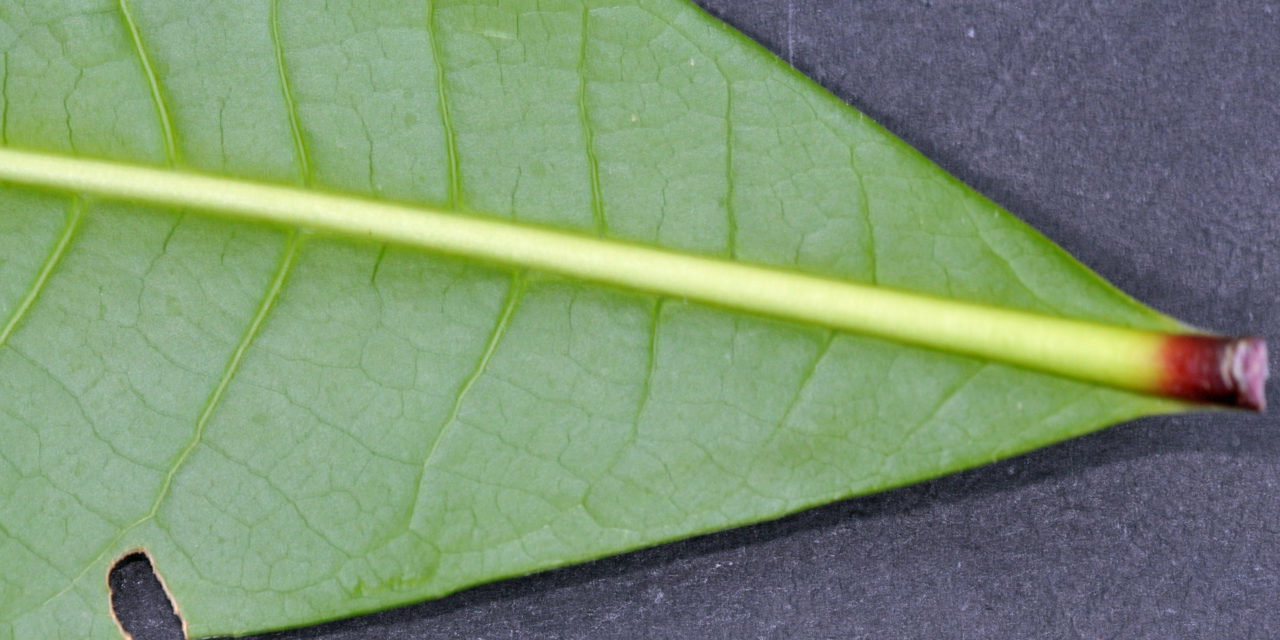
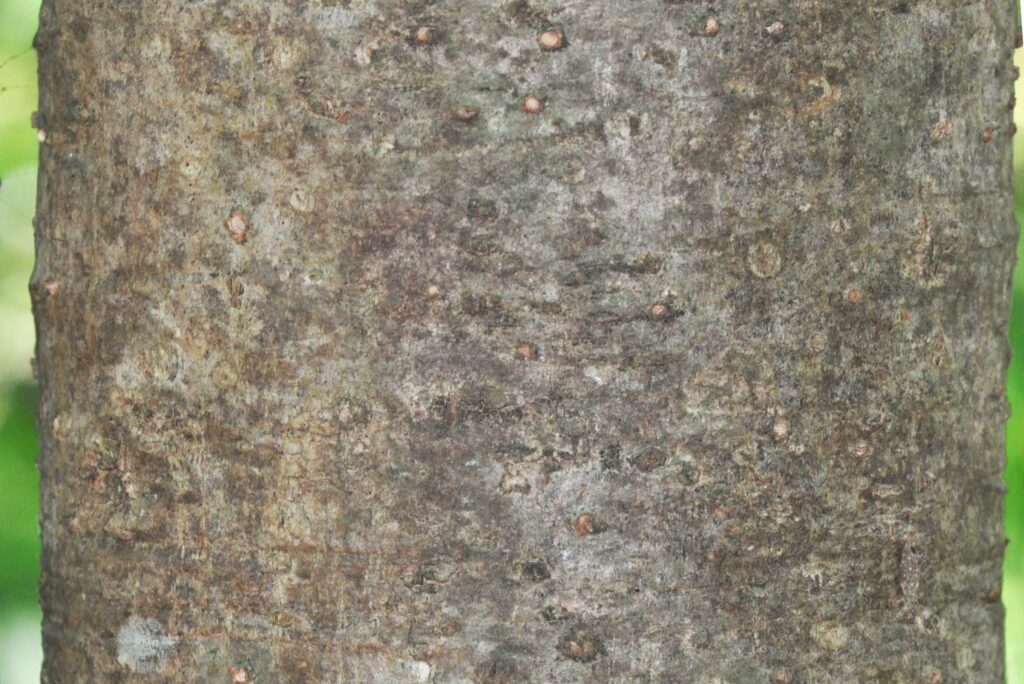
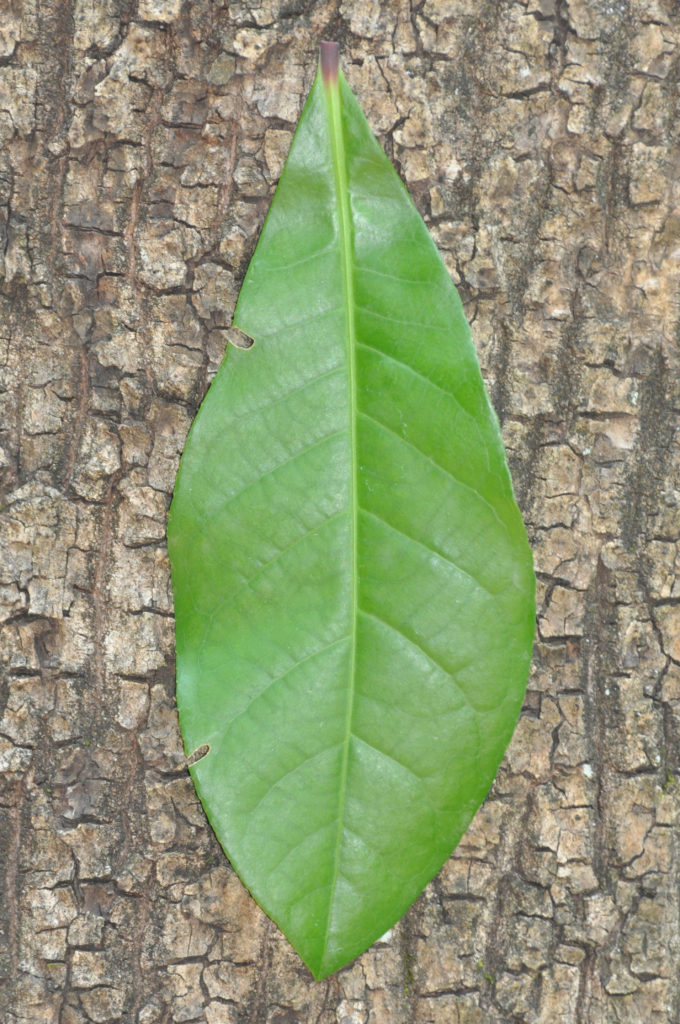
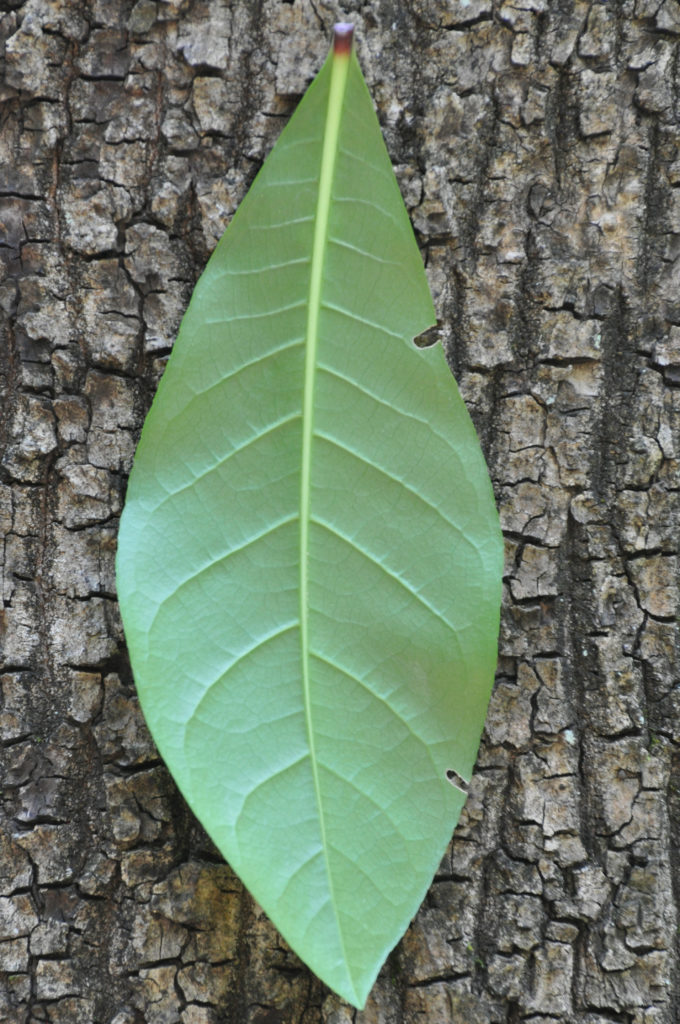
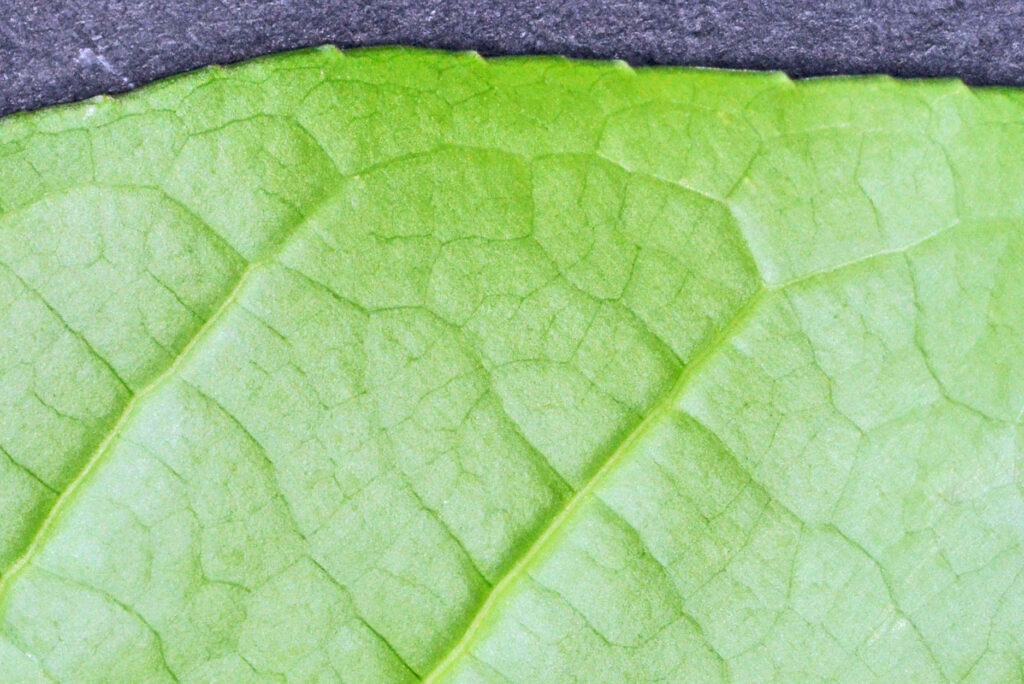
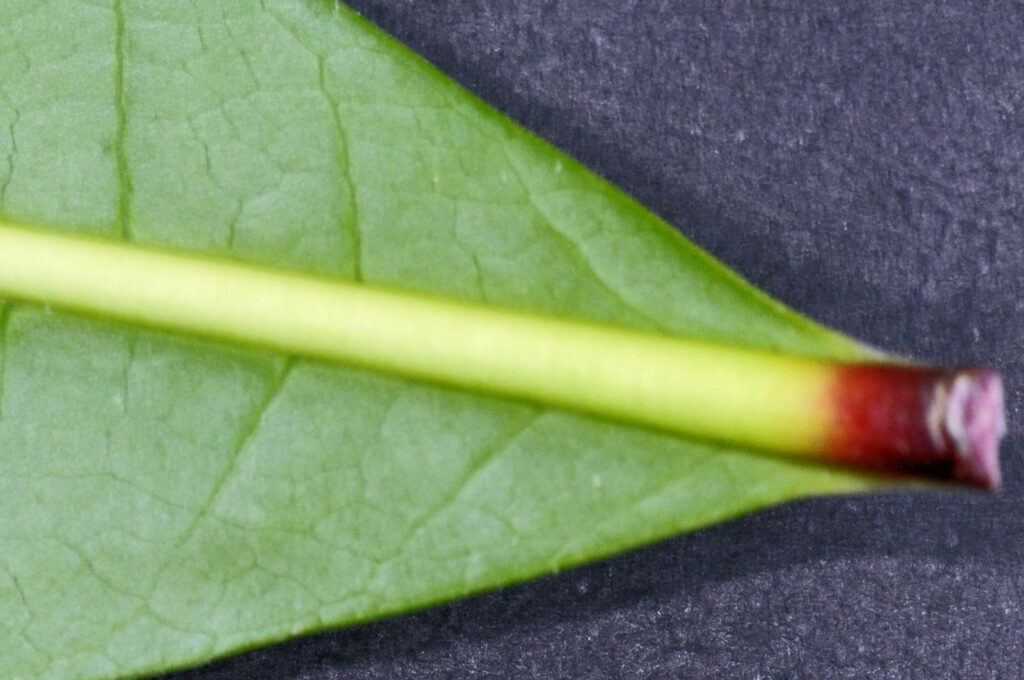
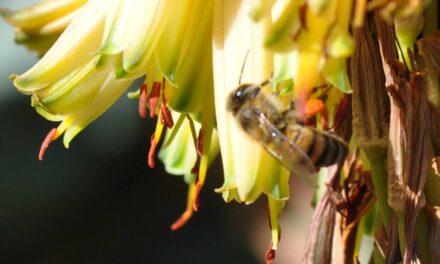
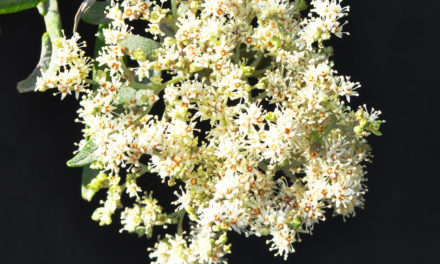

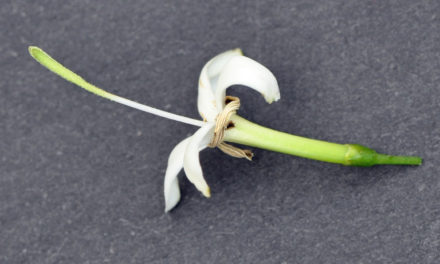
Hi.
Trying to find out if the showy trees at Mac Nicols Bazley are of this specific Barringtonia.
Hi Jacs,
I would suggest you consult with your local nursery. Being able to supply flowers and leaves would make the task easier.
Take care.
Davud Becking.